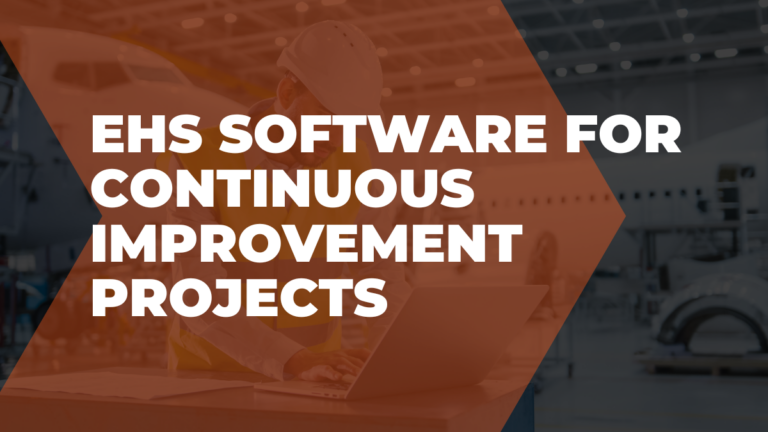Productivity and continuous improvement work hand in hand to fuel performance. In operations management, investing in things like safety, equipment, and engagement leads to more efficient output. Recognizing this connection and incorporating it into your strategy is an excellent way to reach new levels of achievement.
What drives productivity?
Most managers tend to focus on productivity as the golden metric for measuring performance. But the reality is that productivity is simply the byproduct of all the other factors happening within the operation, like:
- Employee morale, retention, and engagement
- Equipment maintenance
- Staffing and team bandwidth
- Operational demands (stress level)
If you ignore these factors, you might see temporary boosts in productivity, but you’ll most likely burn out and see a major drop-off later. You can only improve productivity by creating a motivating, efficient work environment. This is where continuous improvement comes into play.
What role does continuous improvement play?
The purpose of continuous improvement is to never stop finding ways to make your processes better. You can do improvement projects for all areas of performance, including:
- Health and safety
- Facilities management
- Human resources
- Communications (public relations)
- Product quality
- Employee engagement
- Process efficiency
- Productivity (output)
- Finance
When your processes and systems are more effective, then your employees can be more productive. A good example of this is health and safety. If everyone feels comfortable and protected in the workplace, stress levels are lower, and workers can focus more on their tasks.
How does the cycle work?
Productivity and continuous improvement work in a cycle:
The more productive you are, the more you can focus on continuous improvement. The more you improve, the more productive you can be.
If you want to get into this rhythm, however, you have to make time for both variables. Oftentimes, companies pursue improvement projects so they can boost productivity. Once output goes up, they stop investing in improvements and they fall out of the cycle.
That’s why it’s called continuous improvement—it never ends. You have to invest the gains you get in productivity back into your processes and systems.
Performance strategy tips
Every company should have a strategy for continuous improvement. This is critical if you want to create a proactive, rather than reactive, work environment. To do this, you need to involve employees across the company in your efforts. By making continuous improvement a collaborative process, you’ll foster the proactive culture you want.
Your strategy should also factor in employee training. Investing in professional development and learning is one of the top ways to achieve long-term results. Not only does it make your team more skilled, but it also helps reduce turnover and boost engagement.
The last component of a successful performance improvement strategy is tracking your efforts. Not every project you do will be effective, but having a record of past attempts will help you learn and grow in the future.
Whether you do this by hand or with action tracking software doesn’t matter. Just make sure you’re able to reflect on what worked, what didn’t, and how you can do it better.
Other posts you might like…
No posts

